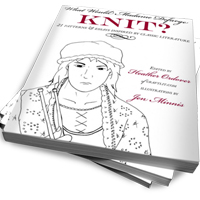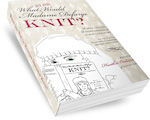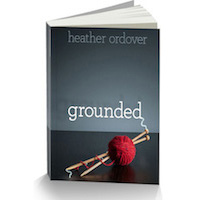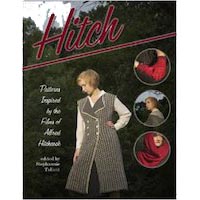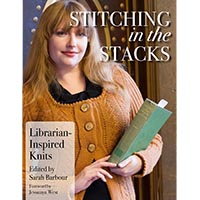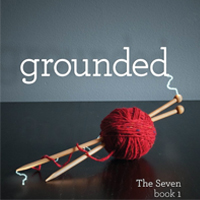Chapter 1.1—It Mattered Before
Sometime after 9/11 and our experiences at my high school, I started to hear rumblings from school counselors, therapists, occupational therapists, and—when I moved to Tucson, AZ—nurses.* The rumblings I heard went like this: oh, we used to teach that stuff, but that went out of vogue in the 80s.
Le sigh…
Of course, these rumblings were only coming from professionals *of a certain age* (ahem) and that, sadly, seemed to translate to: no one listens to them any more.
Which is a shame—because they know what you know.
Read MoreChapter 1.2—It Still Matters
I hear knitters and non-knitters alike like saying lots of things about knitting—ranging from the sublime to the ridiculous:
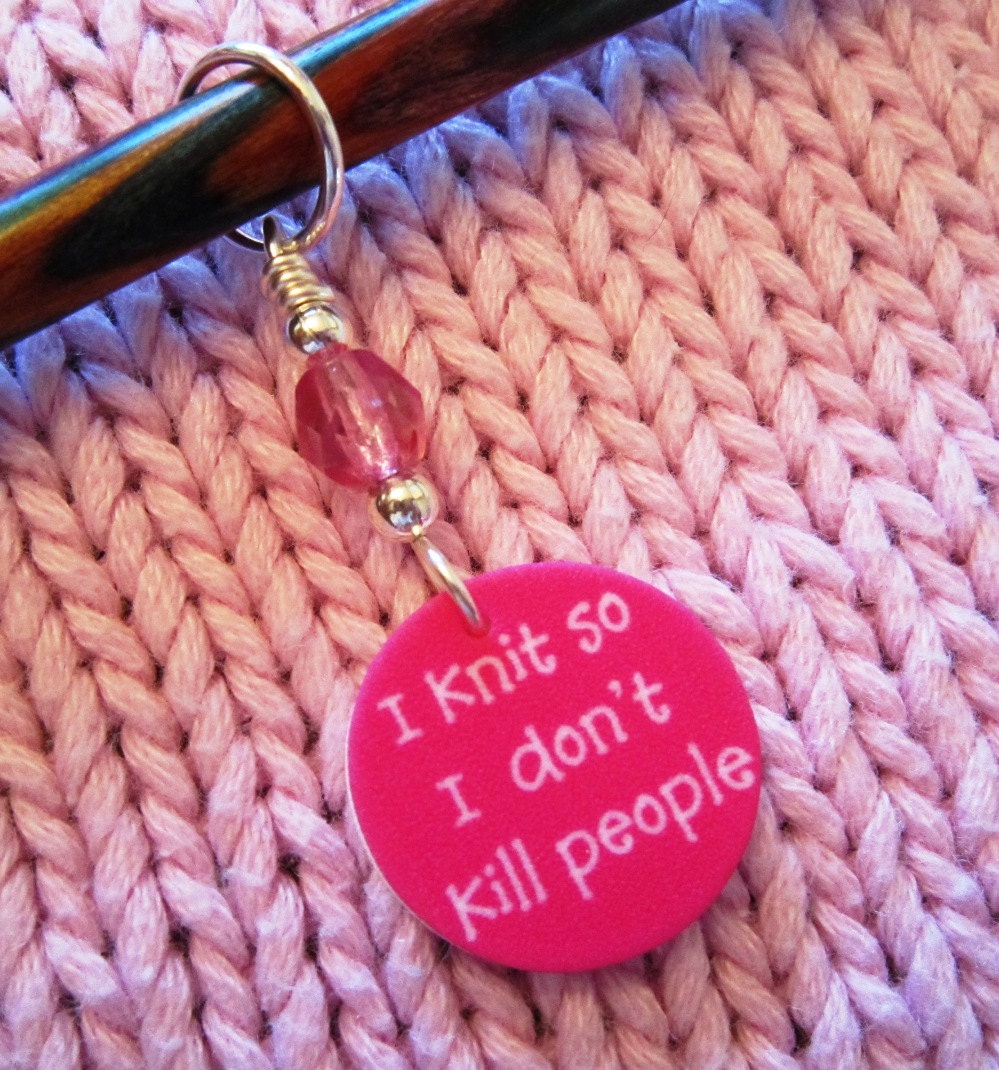
Chapter 2.1—On Being an Expert (at anything)
We left off last week on the cusp of discussing automaticity—the ability to do something automatically, something you don’t need to apply a whole lot of thought to.
You may have heard of
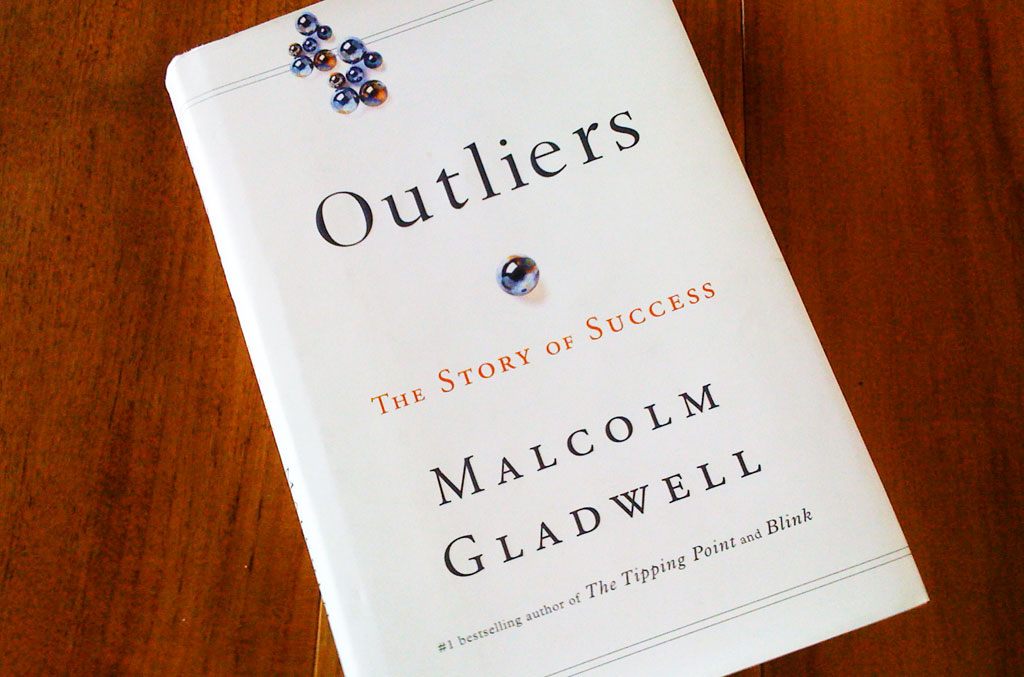
Part of what Gladwell talks about in this book is based on some 1994 research by K. Anders Ericsson and Neil Charness, published in the journal American Psychologist. Gladwell took their research on musicians and spun out its implications (we’ll get back to fiber arts and doodling in a sec). What we’re left with is data on just how much time it takes to become an expert in something—he calls this the 10 years or 10,000 hours rule:
Read MoreChapter 2.2—Mind Full or Mindful
In the previous post this week, we ended by talking about being an expert vs. being “automatic” in your knitting, crocheting, throwing pots, gardening, or doodling. I’m willing to bet that there are quilters and embroiderers, too, (not me; my embroidery is appalling) who can get into an automatic “zone,” though to my mind, you need to use your eyes much more when embroidering and quilting (a factor we’ll get to soon) and that could get in the way of the kind of automaticity we’re aiming for.
But I digress.
Read MoreChapter 2.3—Cognitive Anchoring
Last week I ended our post with this rhetorical question:
What is crafting if not a training course in both kinds of mindfulness?
Shortly after the post went live I started getting emails and comments happy and gratified to find that there is a “mindfulness” link between deliberate, focused practice (like what is needed to Zentangle or knit or crochet lace) and habitual, automatic hand movements (like doodling, knitting stockinette, or crocheting a simple granny square). I wasn’t terribly surprised. We’re good at recognizing the first as having value, right? Lace is complex, beautiful, and shows that you used your time productively.
Read MoreChapter 2.4—The Fidget Factor
We left off last time on this happy note:
In order to fully understand this, it helps to see what would happen without the knitting.
What happens to a mind if it doesn’t have something automatic to do with (for lack of a better way to put it) its hands?
What if someone can’t or doesn’t yet knit or crochet or doodle?
What then?



